- Reyno Gourmet
- Navarra Food
Quality Labels
Collective trademark
Other unique foods
- Recipes
- Trade Shows

Based on the Pirenaica breed and extensive farming, Navarra veal is a meat which comes with the maximum degree of quality and chiefly stands out for its low fat content and its colour, which varies from pink or light red to red. It’s the star attraction in butchers’ display cases and rare is the time it’s not on the menu at restaurants in the region.
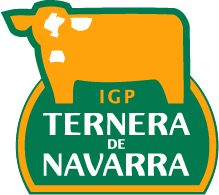
It is always sold fresh and after an aging process carried out by each butcher to sell it at the optimum moment in terms of flavour and tenderness.
It is tender, juicy, soft and pink; which makes it perfect for any dish, from a simple and tasty steak to very elaborate recipes with many other ingredients.
The animals are very much from here: they are born, raised, slaughtered and sold in Navarra.
They come from extensive farms, from the almost 470 small and medium-sized farms in Navarra that apply traditional livestock farming and grazing methods. This means, for example, that the animals graze in meadows and on high mountains in summer, and under shelter or in low-lying areas in cold or fattening seasons.
The presence of livestock in mountainous and wooded areas helps the environment, keeping the mountains clear (which helps prevent fires) and favouring the development of native flora and fauna.
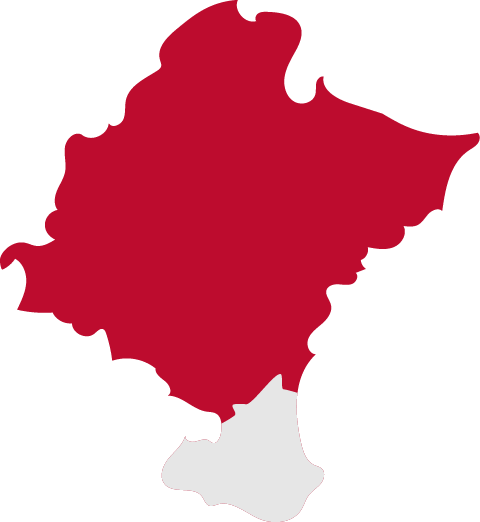
They are fed and fattened naturally. They only suckle from their mother for at least the first 4 months. After that, they feed on outdoor pastures, forage, cereal and a small percentage of compound feed, whose composition is always natural. There is no artificial, industrial-style fattening.
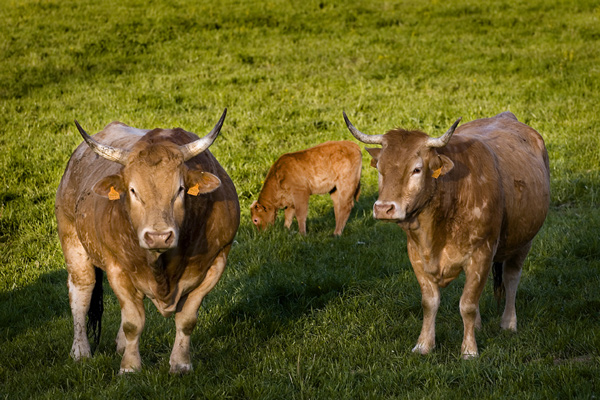
Navarra veal bears the European PGI (Protected Geographical Indication) label, which certifies that it is a 100% local product and of the maximum quality. Some of the cattle are also certified 100% Indigenous Navarra Pirenaica Breed by the Ministry of Agriculture, Fisheries and Food.
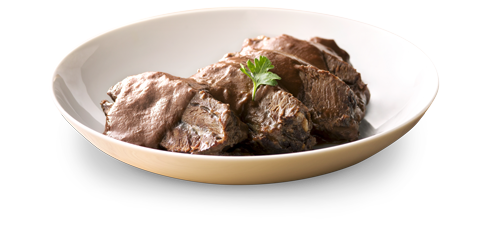
The Regulatory Council of the Navarra Veal Protected Geographical Indication is made up of representatives of all the sectors involved, livestock farmers, distributors and butchers, its main functions being the internal promotion of the PGI. and setting prices according to categories and classifications so that farmers and butchers in the PGI have an idea of how the market is going.
The Navarra Veal Protected Geographical Indication was created in 1994 to promote and safeguard veal originating in Navarra. Its objective is to identify, differentiate and bring prestige to this Navarra product, guarantee consumers of its quality and contribute to the organisation and structuring of the sector.
I.G.P. Ternera de Navarra/Nafarroako Aratxea
From the birth of a calf registered in the PGI until it reaches the butchers’ shops, a host of identification and control processes take place which allow us to know all about the meat we consume, from birth, feeding and slaughter to sale.
The technicians visit the farms where the breed is controlled to check that they comply with animal health and welfare standards. Samples of the animals’ feed are also taken.
The aging period for the meat is at least 7 days; the frozen product cannot be marketed.
All the processes are audited by the Navarra Veal PGI Regulatory Council. This is the control body in charge of ensuring that the product covered complies with the requirements of its specifications and it is accredited by ENAC (National Accreditation Body) in accordance with the European Standard UNE-EN ISO/IEC 17065:2012.



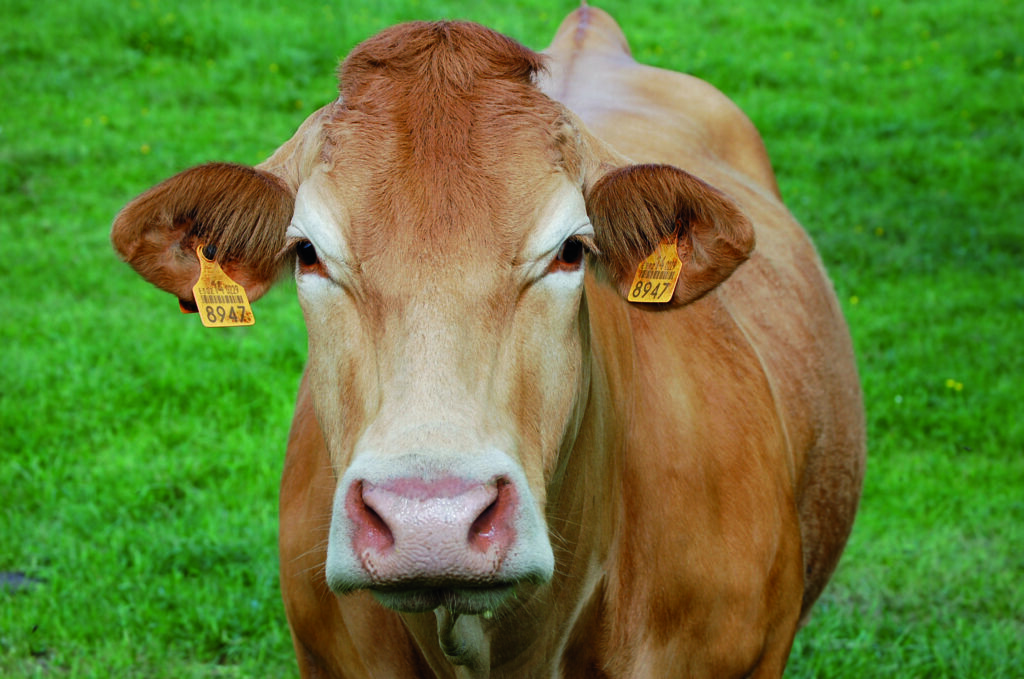
Navarra veal can be found in different types of establishments: traditional retail outlets such as butchers’ shops and outlets where the product is sold packaged such as supermarkets.
In both cases the meat is identified with the PGI logo and a numbered back label provided by the Regulatory Council.


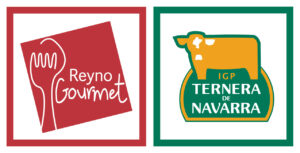
Want to be kept up to date on Reyno Gourmet’s news, events, competitions and promotions?
Leave us your email and periodically receive our newsletter in your inbox.
Responsible: Navarro Institute of Agro-food Technologies and Infrastructures, SA (INTIA) Purpose: Manage the sending of the requested information and in relation to the activity. Legitimation: Consent of the interested party. Recipients: No data will be transferred to third parties, except legal obligation. Rights: Access, rectify and delete the data, as well as other rights as explained in the additional information. Additional information: https://intiasa.es/es/nota-legal.html